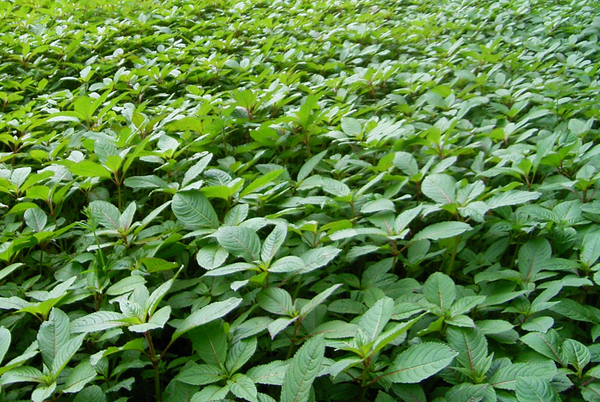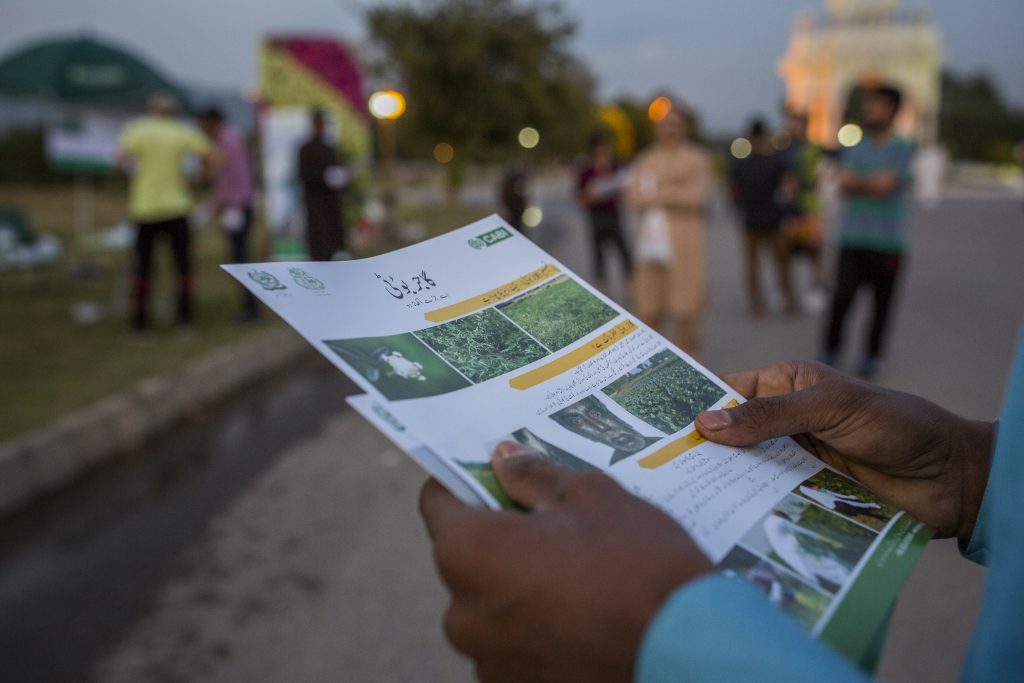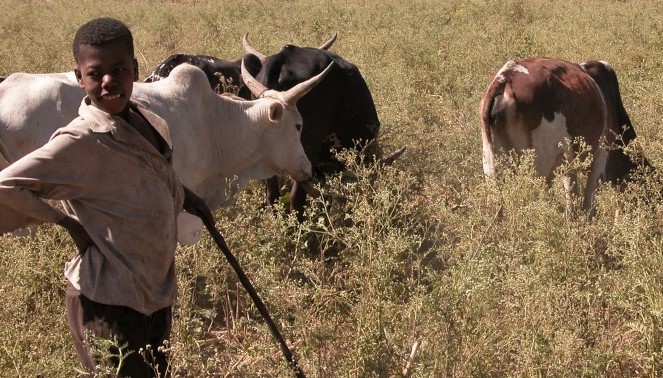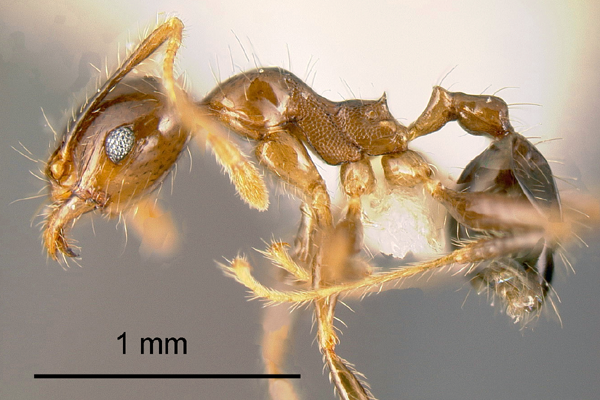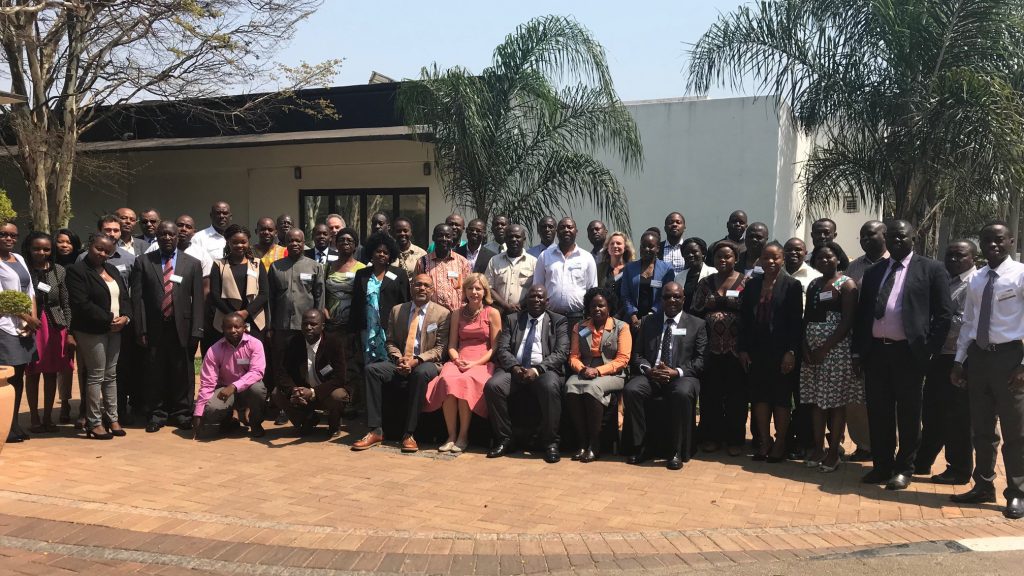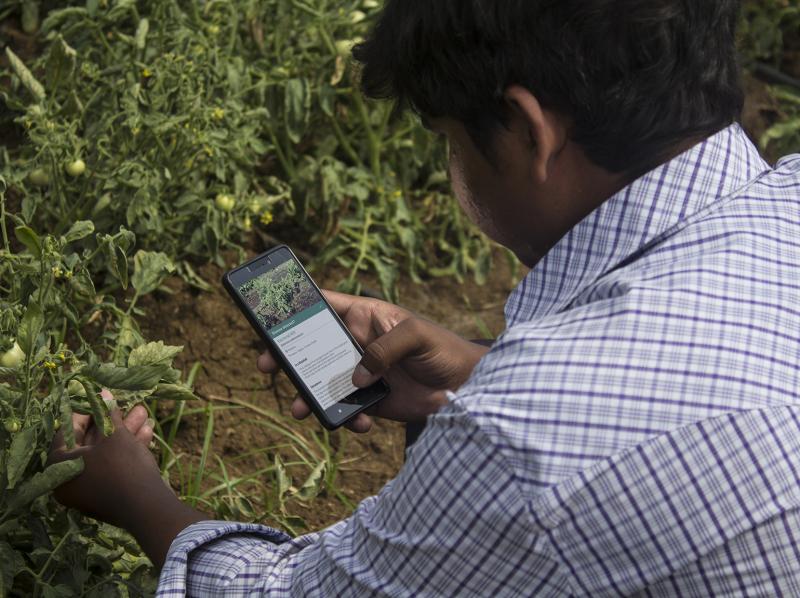Not Just Maize: Africa’s Fall Armyworm Crisis Threatens Sorghum, Other Crops, Too
By Sara Hendery. Reblogged from Entomology Today. Scientists from the International Crops Research Institute for the Semi-Arid Tropics (ICRISAT) in Niger say that 99 percent of the media and research coverage on the fall armyworm focuses on the invasive pest’s deadly threat to maize.
Parthenium awareness campaign reaches urban population in Islamabad
In Pakistan, the highly invasive weed Parthenium hysterophorus is not only a problem for rural areas, in fact it is of equal concern for urban residents as well. Known locally as ‘Gajar Booti’, Parthenium is a major pest of both cropped and non-cropped areas of Pakistan, causing severe economic, environmental, and health-related problems.
In the fight against Parthenium, make sure to “know your enemy”
Latest book in the CABI Invasive Series: Parthenium Weed Parthenium weed (Parthenium hysterophorus) is considered one of the worst weeds in the world. It has invaded and is widespread in about 48 countries in Africa, Asia and the South Pacific, and has the potential to spread to new countries in Africa, Asia and parts of…
World heritage site saved from invasive ant species
After years of effort, the invasive African big-headed ant (Pheidole megacephala) has successfully been eradicated from Lord Howe Island, an island off the coast of Australia, helping to protect this World Heritage site and its unique diversity of plants and animals.
Samurai wasp found in Europe – the end of the stink bug invasion?
CABI scientists have made the first discovery of the Asian samurai wasp Trissolcus japonicus – a natural enemy that kills the eggs of the the invasive fruit and nut pest brown marmorated stink bug (Halyomorpha halys) – in Europe. Judith Stahl and Dr Tim Haye led an international team of researchers, including those from the…
E-conference on responding to fall armyworm in Africa
Last week, the UN Sustainable Development Solutions Network’s Thematic Network on Sustainable Agriculture & Food Systems hosted an e-conference on the fall armyworm outbreak in Africa which brought together experts, stakeholders and other interested parties to discuss the challenges posed by fall armyworm and to evaluate the possible solutions.
Fall armyworm in Africa: communicating out of a crisis
Take a quick look at the map of the fall armyworm invasion. It gives you a good feel for the number of smallholder farmers in sub-Saharan Africa directly affected by a small caterpillar eating their staple crop – maize – at a rapid rate. As a communication professional working in agriculture, it has been the…
Progress made on fall armyworm, but greater effort needed
A major new report published by CABI has today revealed that losses due to fall armyworm are lower than projected in 2017 and the pest is still primarily focussed on maize rather than any other potential host crops. Better monitoring, swift responses by governments and farmers and an increase of natural enemies attacking the pest…
Indian farmers using smartphones to fight fast-moving crop killer
By Eric Marx. Reblogged from Ethical Corporation. Plantix is a diagnostic app that uses image recognition software and AI. It is being used to halt the advance of the fall armyworm pest. An app that uses artificial intelligence to identify plant disease is being deployed in India as an early-warning system to stop the advance…

